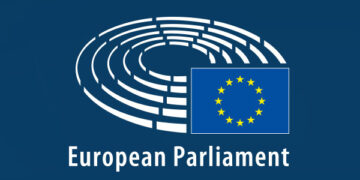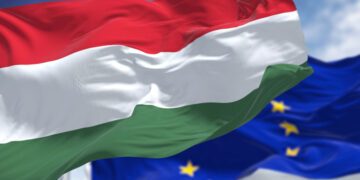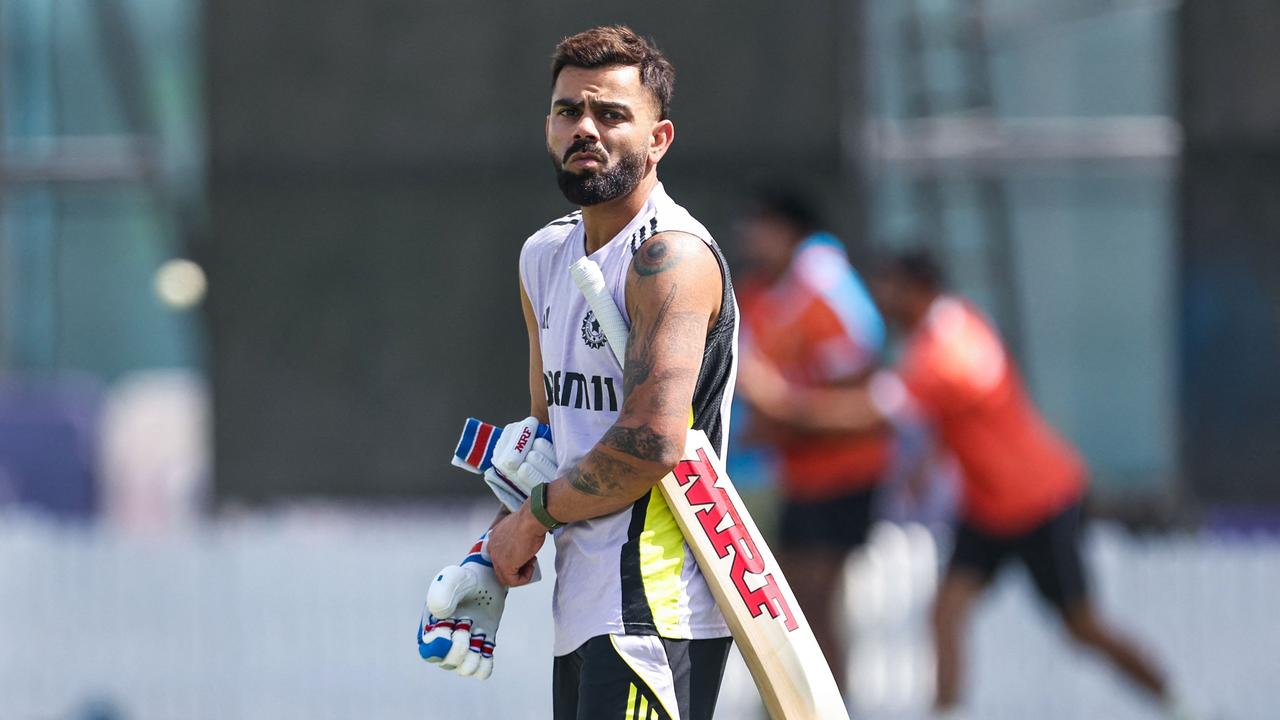The European Parliament recently adopted the EU’s first Media Freedom Act. However, as Gerhard Schnyder, Fanni Toth and Marlene Radl explain, the text does not contain a requirement to establish an EU-level media ownership concentration database, with this task delegated to national governments. Drawing on recent research, they argue that such data are key to detecting changes in media ownership that threaten media pluralism.
On 13 March, the European Parliament adopted the EU’s first Media Freedom Act. However, the agreed text suggests that on the key issues of market concentration and media ownership data, the act falls short of requiring the information needed for civil society organisations, regulators and scholars to gain a full understanding of the impact of ownership patterns on media pluralism.
Regrettably, an EU-wide media ownership database has not been included in the regulation, despite numerous appeals from civil society actors and advocacy groups to do so. The results of a recently concluded NORFACE-funded research project suggest that, given recent trends in media ownership, this is a problematic development that deprives regulators, governments and civil society actors of a potentially important tool for monitoring and defending media pluralism – and thus democracy.
Defending media pluralism
While others have noted the importance of ownership transparency, our research provides an additional, very specific argument about why we need a European database, namely that other media market concentration measures can be highly misleading.
We have created a database on media ownership in four Central European countries (Austria, Croatia, Hungary and Slovenia) as well as Turkey. We identified the most important news outlets in each country, then “followed the money”, tracing back the ownership of these outlets to media companies and ultimate beneficial owners.
Our results show this issue is more than just an academic concern. We find trends in media ownership structures over the past twenty years that are conducive to a decline in media pluralism and can be politically exploited, particularly during phases of right-wing populist governments.
One of the insights from our research, which uses novel techniques from social network analysis, is that it is not sufficient to judge media pluralism based on measures of market share, such as circulation or audience size. Rather, we need to look at the ownership of media outlets because legally and formally independent outlets may follow one editorial line.
The Hungarian example of uniformity of reporting by various outlets on Viktor Orbán’s conflicts with the EU are a case in point. The day before the 2019 European Parliament elections, the front pages of the online and print editions of sixteen regional newspapers, alongside a national newspaper and a tabloid, all ran identical titles, images and an interview featuring Orbán.
While each regional outlet individually holds only a relatively small market share, the collective uniformity of message resulting from their common ownership by Orbán-backed Central-European Press and Media Foundation (KESMA), along with the national print outlets, also owned by KESMA, presents a formidable threat to media pluralism. The analysis of ownership ties is hence crucial for understanding media concentration and pluralism.
Core-periphery structures
Importantly, our analysis of the evolution of media ownership networks in these countries between 2000 and 2020 does not show extreme trends towards monopolisation, which the EU seems to take as the implicit threshold for concerns about media pluralism. Instead, it shows a trend towards increasingly marked core-periphery structures in all media networks.
In social network theory, such structures indicate networks where central nodes can crowd out messages emanating from more peripheral nodes. Whether or not right-wing populist governments intentionally establish such structures, media pluralism is threatened if central nodes in such media networks are controlled and strategically used by populist actors to crowd out dissenting voices, as our findings suggest.
In view of our evolving understanding of media concentration and pluralism and the developing social network analysis methods allowing us to detect subtle structural aspects of media ownership that influence media pluralism, we urge national governments to adopt the strictest possible version of comprehensive ownership disclosure. We also argue governments should coordinate disclosure requirements with other EU member states to get as close as possible to a user-friendly EU-level standard on media ownership data.
Collecting these data for our project was a difficult task. In the case of Croatia, hardly any information about owners could be found, forcing us to exclude the country from the final analysis. In Hungary, too, disclosure rules are largely missing. While Austria and Slovenia legally require media providers to disclose shareholder details, information on the ultimate beneficial owners is not always available or complete. While a step in the right direction, it is doubtful that the new EU Media Freedom Act does enough to completely remedy this situation.
As others have noted, national governments must now make sure the Media Freedom Act is transformed from a “paper tiger” into a “tiger capable of taking on the papers”. In the absence of an EU-level database, standardised disclosure requirements across member states and easily comparable and publicly accessible databases are needed to identify subtle threats to media pluralism stemming from both national and cross-border media ownership structures.
This research was conducted by the POPBACK project, which also includes Bruce Celik, Mojca Pajnik, Marko Ribac, Birgit Sauer, Tjasa Turnsek, and Lana Zdravkovic. It was funded by NORFACE under its Democratic Governance in Turbulent Times programme.
Note: This article gives the views of the authors, not the position of EUROPP – European Politics and Policy or the London School of Economics. Featured image credit: Norbertas / Shutterstock.com





































Discussion about this post